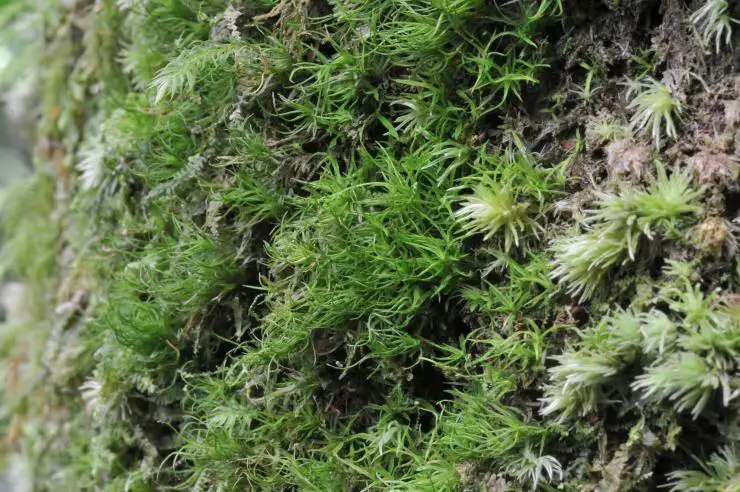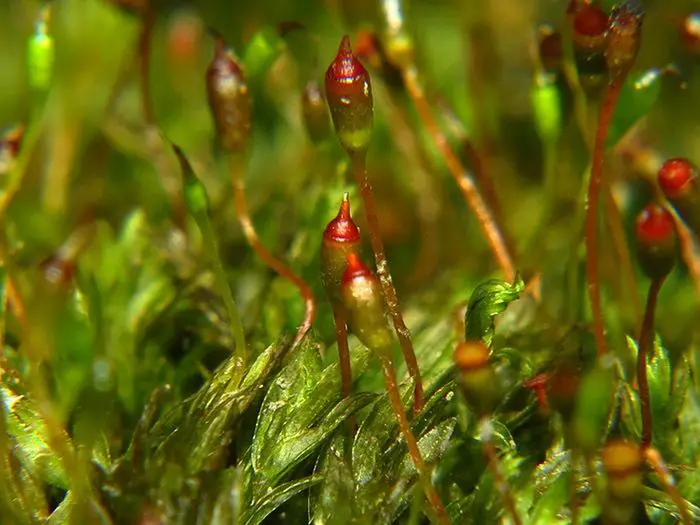
2174e69b73594fa0c620e8af5924f136.jpg from: https://openmuseum.tw/muse/digi_object/bf7e5eeaf8a578b6413d823dbe679935
Exploring the Fascinating World of Callicostella subfissidentoides Moss
Introduction
Mosses are often overlooked, but they play crucial roles in ecosystems around the world. One particularly interesting species is Callicostella subfissidentoides (Schimp. ex Besch.) Broth., a moss in the Pilotrichaceae family. In this blog post, we’ll dive into the details of this fascinating plant, from its morphology to its ecological importance. Get ready to discover the hidden world of Callicostella!
Background
Callicostella subfissidentoides is a species of moss in the Bryophyta division and Bryopsida class. It belongs to the Pilotrichaceae

834265.jpg from: https://www.bio-forum.pl/messages/3280/834259.html
family, which contains over 400 species worldwide. The specific epithet “subfissidentoides” refers to the moss’ similarity in appearance to species in the genus Fissidens.
Morphology and Identification
Callicostella subfissidentoides forms dense mats with branching stems. The leaves are oblong-lanceolate, around 1-2 mm long, with a costa (midrib) that extends to the leaf tip. A key identifying feature is the presence of papillose leaf cells – cells with small protuberances that give the leaves a rough texture. The leaf margins are serrulate (finely toothed).
Sporophytes (spore-producing structures) are common. The seta (stalk) is reddish and 1-2 cm long. Capsules are inclined to horizontal, cylindrical, and slightly curved. Peristome teeth (structures surrounding the capsule mouth) are in two rows.
Global Distribution and Habitat
C. subfissidentoides has a pantropical distribution, found in tropical regions of Central and South America, Africa, and Asia. It grows on various substrates including soil, rocks, tree bases and rotten logs in moist, shaded habitats from lowland to montane forests.
In the Neotropics, it is known from Mexico, the Caribbean, and south to Brazil and northern Argentina. In Africa, it ranges from Ivory Coast to Tanzania and south to Angola and Madagascar. Asian locales include India, Southeast Asia, southern China, and many Pacific islands.
Ecological Roles and Adaptations
Like other mosses, Callicostella plays important roles in its ecosystems:
- Helps retain moisture and prevent erosion
- Provides habitat for micro-organisms and small invertebrates
- Contributes to nutrient cycling by trapping organic debris
- Pioneer species that colonizes disturbed areas
The papillose leaf cells are an adaptation that helps the moss absorb and retain water by increasing surface area. The curved capsules help disperse spores effectively.
| Characteristic | Description |
|---|---|
| Leaf shape | Oblong-lanceolate |
| Leaf size | 1-2 mm long |
| Leaf cells | Papillose |
| Leaf margins | Serrulate |
| Seta | Reddish, 1-2 cm |
| Capsule | Inclined to horizontal, cylindrical, slightly curved |
| Peristome teeth | In two rows |
Conclusion
Callicostella subfissidentoides is a prime example of how even tiny organisms like mosses can be captivating when you take a closer look. From its global distribution to its fascinating adaptations, this species reminds us of the incredible diversity in the plant kingdom.
The next time you’re in a tropical forest, take a moment to appreciate the carpet of moss at your feet and ponder this question – what other secrets are these small but mighty plants hiding? The world of mosses awaits your discovery!